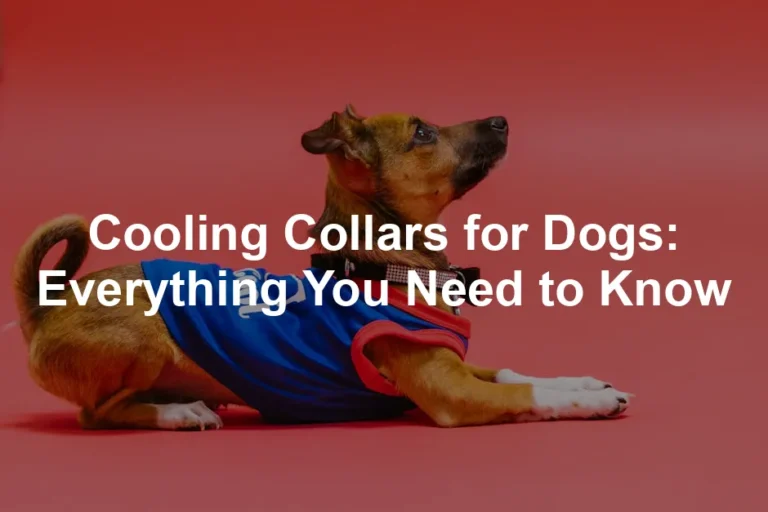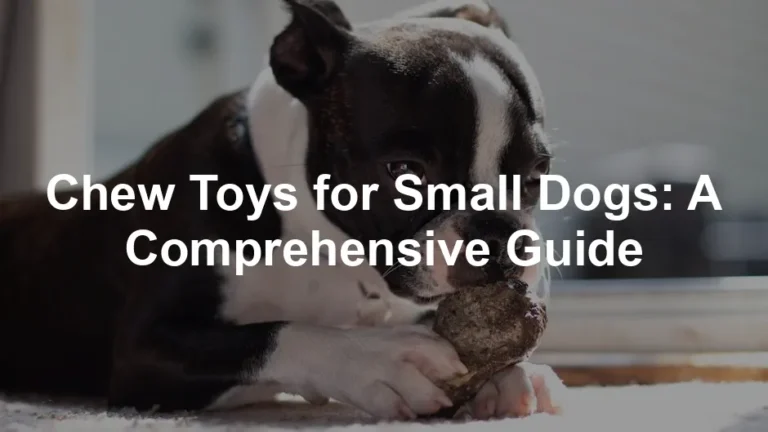Introduction
Canine color genetics is a fascinating field. It explains why your fluffy friend has that unique coat color or pattern. Understanding these genetics is essential for breeders and dog enthusiasts alike. It helps predict the traits of future puppies and ensures healthy breeding practices.
Why does it matter? Well, coat color isn’t just about aesthetics. It can indicate genetic predispositions to certain conditions. For example, some colors might be linked to health issues. So, knowing your dog’s genetic background can be a lifesaver! If you’re curious about your dog’s genetics, consider a Dog DNA Test Kit to uncover their lineage and health predispositions.
But here’s the kicker: the genetics behind canine coats is complex. It’s not just one gene at play; multiple genes interact to create the stunning variety we see in dogs today. Each gene can have different alleles, leading to an incredible spectrum of colors and patterns. This intricate dance of genes creates the rich diversity in our beloved canines.
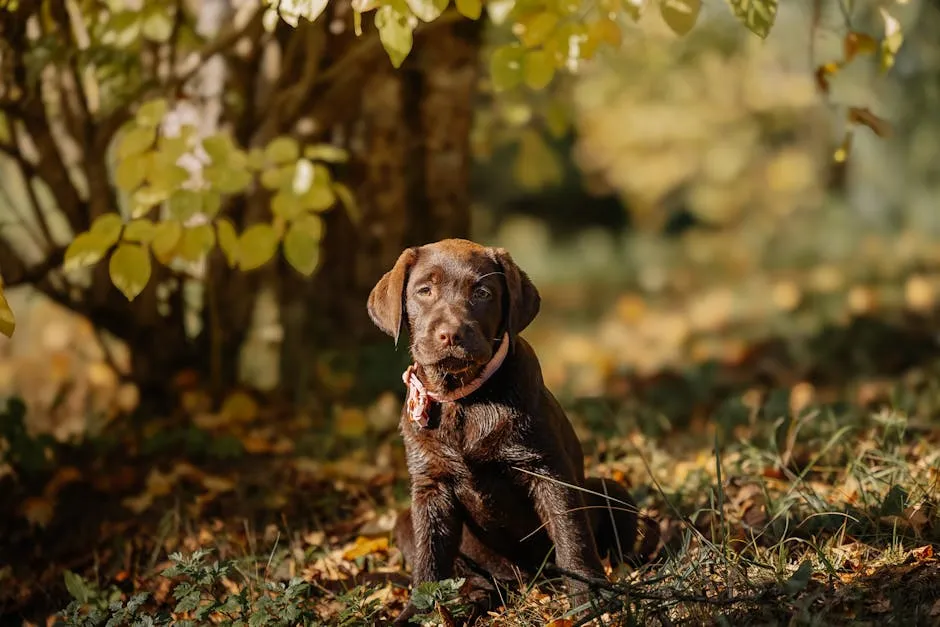
Understanding canine color genetics and coat patterns is essential for dog lovers and breeders alike. Learn more about the fascinating world of canine color genetics.
The Basics of Canine Genetics
Overview of Canine Genome
Let’s break it down! Dogs have approximately 19,000 genes in their genome. That’s a lot of genetic material! Each gene is like a blueprint for a specific trait. They come in pairs, with one allele inherited from each parent.
Now, dogs can be:
- Homozygous: This means they have two identical alleles for a gene, like having two copies of the “brown” coat trait.
- Heterozygous: This means they have two different alleles, such as one allele for “black” and another for “brown.” This combination can influence the dog’s appearance significantly.
Understanding these terms is crucial in grasping how coat color is determined. And if you’re looking for a comprehensive guide to dog genetics, check out Canine Genetics: A Beginner’s Guide for more insights!
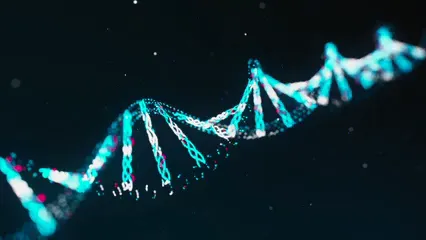
Key Concepts in Genetics
Let’s introduce some important terms.
- Locus: This refers to the specific location of a gene on a chromosome. Think of it as the home address for a gene.
- Genotype: This is the genetic makeup of an individual. It refers to the alleles present.
- Phenotype: This is the observable trait, like a dog’s coat color or pattern.
Now, let’s talk about traits. There are dominant and recessive traits. A dominant trait overpowers a recessive one. So, if a dog inherits a dominant allele for black coat color, it will display that color, regardless of the other allele.
In summary, understanding these basics gives you a solid foundation in canine color genetics. With this knowledge, you can appreciate the remarkable variety of coats in dogs today! And if you’re training your dog to be the best, don’t forget to grab a Dog Training Clicker to help with positive reinforcement!
The Key Genes Involved in Canine Coat Color
Understanding canine coat color genetics requires a peek into the major genes responsible for the beautiful hues we see in our furry companions. Let’s break down the essential players in this colorful game.

Major Genes Affecting Coat Color
- Melanocortin 1 Receptor (MC1R) The MC1R gene is like the maestro of canine pigmentation. It orchestrates the production of two types of melanin: eumelanin and pheomelanin. Eumelanin is responsible for your dog’s black and brown colors, while pheomelanin gives rise to the reds and yellows. Depending on the variant of the MC1R gene, a dog may produce more eumelanin, resulting in a darker coat, or lean towards pheomelanin, leading to lighter shades. So, if you’re wondering why your pup’s coat has that “sandy” look, you can thank MC1R for its artistic flair!
- Agouti Signaling Protein (ASIP) Next up, we have the ASIP gene, which plays a crucial role in determining how pigment distributes itself in the coat. Think of it as a GPS for color, guiding where eumelanin and pheomelanin should be placed on each hair follicle. Variants in ASIP can lead to striking patterns like brindle or sable. If your dog has that charming mix of colors, odds are ASIP is at work, ensuring a masterpiece instead of a monochrome.
- Tyrosinase-Related Protein 1 (TYRP1) This gene is a key player in the game of pigmentation intensity. TYRP1 affects the production of eumelanin, particularly influencing the richness and depth of black and brown colors. If your dog sports a luscious chocolate coat, TYRP1 deserves a high five. A variation in this gene can also lead to lighter shades, creating a lighter brown or even a diluted color. So next time you admire that shiny coat, remember TYRP1 is the unsung hero behind the scenes!
- MLPH Gene The MLPH gene is the dilution expert. It’s responsible for moderating the distribution of pigments, leading to variations in color intensity. Dogs with certain variations in this gene may display a “washed-out” look, resulting in colors like blue or fawn instead of the typical black or brown. If your dog’s color seems subtly softer, MLPH is likely working its magic, giving your pup a unique and distinguished appearance.
Gene Interactions and Coat Color Variations
These genes don’t act alone; they interact with one another to create the dazzling array of coat colors we see in dogs. The interplay between MC1R, ASIP, TYRP1, and MLPH can lead to a variety of outcomes. For instance, a dog with dominant MC1R for eumelanin and a recessive ASIP might sport a striking black coat, while another with variations in both could have a rich chocolate color.
Here’s a handy table to illustrate how these genes interact:
| Color Type | Not Dilute (D/D or D/d) | Dilute (d/d) |
|---|---|---|
| Black | Black eumelanin | Blue-grey eumelanin |
| Brown | Chocolate-brown | Taupe or “Isabella” |
| Yellow | Yellow pheomelanin | Cream |
In this table, the not dilute column shows the typical color outcomes for dogs with dominant alleles. On the other hand, the dilute column reflects how specific gene interactions lead to softer, lighter versions of those colors.
Understanding these genes and their interactions is a colorful journey! It not only reveals the science behind our dogs’ stunning appearances but also highlights the complex nature of genetics that makes each pup unique. So, the next time you see a dog strutting their stuff in a vibrant coat, you’ll know there’s a fascinating story written in their genes!

Understanding Coat Patterns
Types of Coat Patterns
Canine coats come in a delightful array of patterns. Each coat pattern tells a story, reflecting the dog’s unique genetic makeup. Let’s break down some of the most common patterns you might spot on your daily dog walks.
- Brindle: Picture a tiger, but make it a dog. Brindle coats feature a mix of light and dark stripes, typically on a fawn or brown background. This pattern is like nature’s way of giving your pup a fashionable twist. Breeds like Boxers and French Bulldogs often sport this eye-catching look, turning heads as they strut their stuff.
- Merle: If you adore a coat that resembles a work of art, look no further than the merle pattern. This style showcases a mottled appearance with swirls of color, often blue or red mixed with patches of darker hues. Australian Shepherds and Border Collies are famous for this stunning look. However, some merle variants can be linked to health issues, so it’s essential to choose responsibly bred dogs.
- Harlequin: Think of a jester, and you’ll picture the harlequin pattern. This striking coat is predominantly white with irregular patches of black. Great Danes are the classic example of this flamboyant style. It’s like your dog is wearing a tuxedo to every outing!
- Piebald: If you enjoy a classic look, piebald is for you. Characterized by white spots on a colored background, this pattern creates a charming contrast. Dachshunds and Finnish Lapphunds often showcase this pattern, reminding us that simple can be stunning.

These coat patterns not only make dogs visually appealing but also serve as fascinating examples of genetic diversity. If you’re looking for a fun way to engage your pup, consider toys that stimulate their mind, like the Outward Hound Hide-A-Squirrel Puzzle Dog Toy!
Genetic Basis for Coat Patterns
So, what makes these patterns possible? It all boils down to genetics! Various loci in a dog’s genome influence these unique looks.
- The Merle (M) locus is the superstar behind the merle pattern. It determines the distribution of colors and the intensity of the coat. But beware—if both alleles are merle, it can lead to health complications.
- Next up, the Harlequin (H) locus governs the stunning harlequin coat. This locus controls the expression of the white color, allowing those eye-catching black patches to shine.
- The Spotting (S) locus plays a role in piebald patterns. It determines how much white appears on the coat and where it lands. This locus is a bit of a wildcard, resulting in a variety of spotting patterns.
Understanding these loci helps us appreciate the complexity of canine coat patterns. It’s not just about looks; it’s about the intricate genetics behind them. The structural variants found at these loci originate from ancient canids, echoing through generations and shaping the dogs we adore today. Such genetic insights enrich our love for these furry companions, reminding us that their beauty is backed by a rich evolutionary history.
In summary, dog coat patterns are more than just a pretty sight. They are a vibrant testament to the fascinating world of canine genetics, bridging the gap between appearance and heritage. As we continue to uncover these genetic mysteries, our bond with our canine friends only deepens.

Genetic Testing and Its Importance
Genetic testing plays a crucial role in predicting coat color and patterns in dogs. With a simple test, breeders can gain insights into expected traits for future litters. This knowledge helps in making informed decisions, enhancing the chances of producing puppies with desired characteristics. If you’re interested in testing your dog’s genetics, look into a Dog DNA Test Kit to help you understand their lineage better!
But why stop there? Advancements in technology have revolutionized genetic testing. High-throughput sequencing allows for analyzing multiple genes simultaneously. This means breeders can now get a comprehensive view of potential coat colors and patterns, leading to better breeding practices. Imagine knowing exactly how to match genes for that perfect pup!

Health Implications Linked to Coat Color Genetics
Genetic Disorders and Health Risks
The connection between coat color genetics and health is significant. Certain colors and patterns come with risks. For instance, white dogs often face a higher incidence of deafness. This is due to the lack of pigmentation in the inner ear, crucial for hearing. Additionally, merle-patterned dogs can suffer from vision problems, including blindness.
Understanding these risks is essential for breeders. Responsible breeding practices should prioritize health over aesthetic appeal. By being aware of these genetic links, breeders can avoid pairing dogs that could produce puppies with serious health issues. This knowledge not only benefits the dogs but also fosters a healthier breed population.
And if you want to be prepared for any pet emergencies, consider investing in a Pet First Aid Kit to ensure you’re always ready for anything!
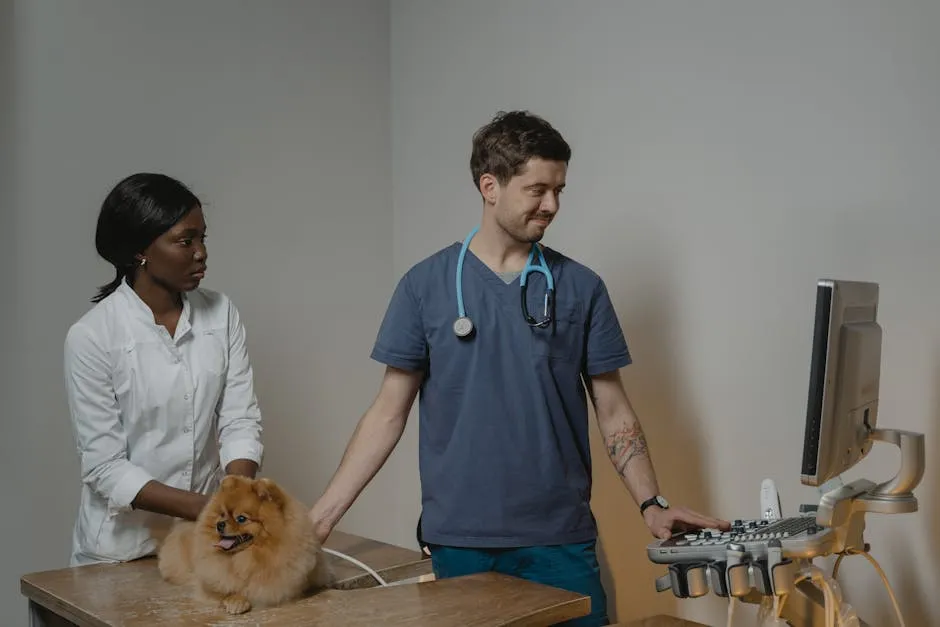
Ethical Considerations
Ethics in breeding practices cannot be overlooked. Breeding dogs for specific coat colors or patterns raises moral questions. The pursuit of beauty can sometimes overshadow health concerns. A stunning coat should not come at the cost of a dog’s well-being.
Breeders have a responsibility to ensure that appearance isn’t prioritized over health. Focusing solely on aesthetics can lead to genetic disorders and diminished quality of life for dogs. Therefore, ethical breeding practices should always consider the long-term health and happiness of the animal, ensuring that every pup is as healthy as it is beautiful.
In essence, understanding the implications of coat color genetics helps create responsible breeding practices, ensuring the welfare of our canine companions. If you’re looking for a comprehensive resource to guide you, check out The Dog Owner’s Manual: Operating Instructions, Trouble-Shooting Tips, and Advice on Lifetime Maintenance for more insights!

Conclusion
In summary, understanding canine color genetics and coat patterns is essential for dog lovers and breeders alike. We explored how the intricate interaction of multiple genes determines the stunning array of coat colors and patterns in our furry friends. From the dominant MC1R gene to the agouti signaling protein, each gene plays a unique role in creating the visual diversity we cherish in dogs.
Knowledge of these genetics is crucial for responsible breeding practices. It helps breeders predict the traits of future litters and avoid potential health issues linked to specific coat colors. For example, certain coat colors can predispose dogs to hearing loss or skin problems. Thus, a solid grasp of genetic principles can lead to healthier dogs and informed breeding choices.
We encourage readers to continue their research into canine genetics. The more we learn, the better equipped we are to ensure the health and well-being of our beloved pets. Responsible breeding practices, based on an understanding of genetic factors, can enhance not only the appearance but also the health of our canine companions. And for the ultimate in comfort for your furry friend, consider a PetFusion Ultimate Dog Bed to keep them cozy!

FAQs
What is the most common coat color in dogs?
The most prevalent coat color in dogs is black. Many breeds, such as the Labrador Retriever and Scottish Terrier, often showcase this striking hue. However, brown and yellow are also quite common.
How do I know what color my puppy will be?
Predicting a puppy’s color can be tricky. It largely depends on the genetic makeup of the parents. A genetic test can help identify which color genes the parents carry, giving you a better idea of what to expect.
Are certain coat colors linked to specific breeds?
Absolutely! Many breeds have characteristic colors. For instance, Golden Retrievers are typically golden, while Dalmatians are known for their distinctive black or liver spots on a white background. However, mixed breeds can exhibit any combination of these colors.
Can genetic testing predict health issues related to coat color?
Yes! Genetic testing can reveal potential health risks associated with specific coat colors. For example, dogs with merle coats may face higher risks of hearing and vision impairments. Testing can inform breeders and prospective owners about these potential issues.
What should potential dog owners know about coat color genetics?
Potential dog owners should understand that coat color is more than just aesthetics. Genetic factors can impact health and behavior. Researching breed-specific traits and health issues linked to coat color can guide informed decisions when selecting a furry companion. Awareness of these genetic components ensures you choose a dog that fits both your lifestyle and ethical considerations.
Please let us know what you think about our content by leaving a comment down below!
Thank you for reading till here 🙂
All images from Pexels


